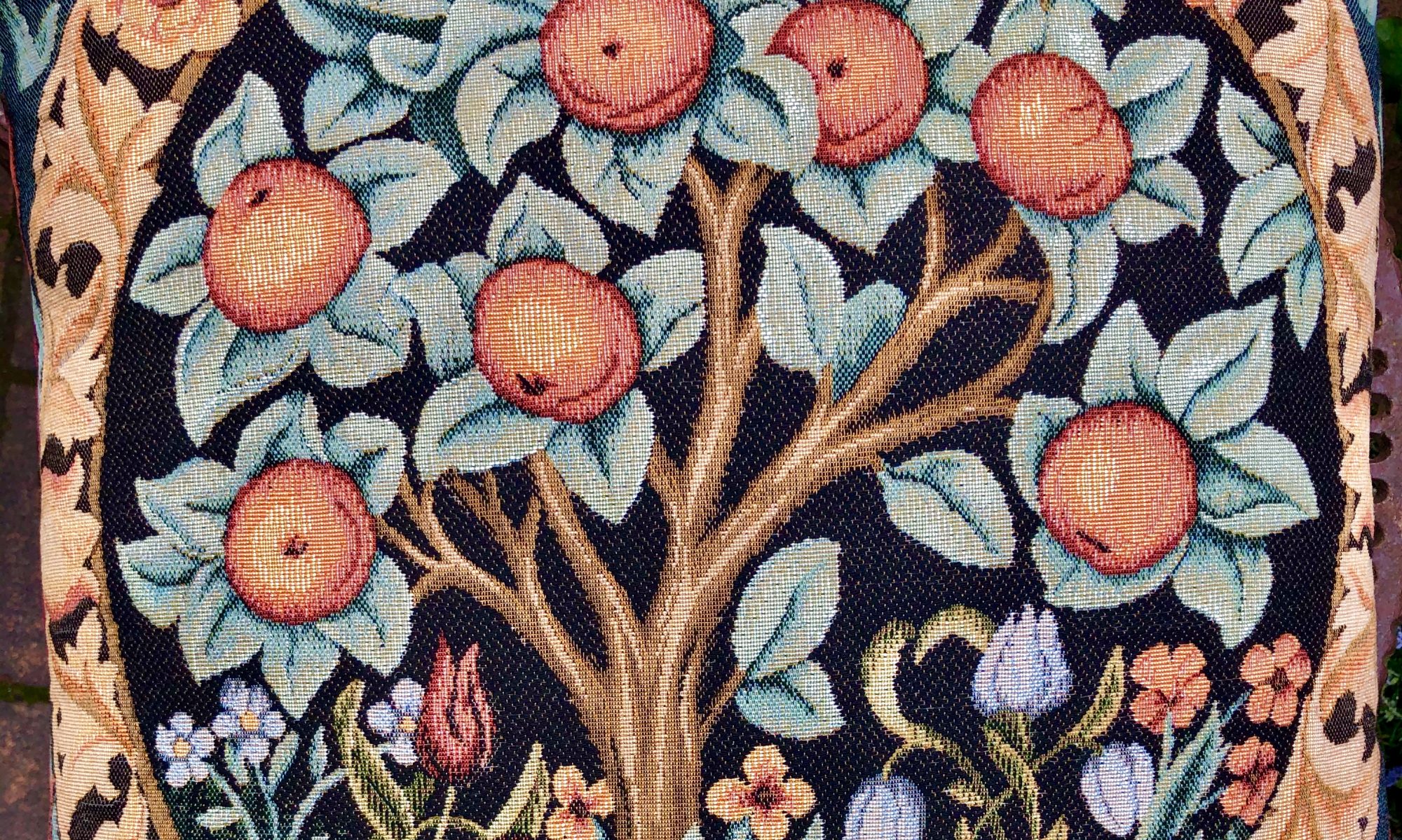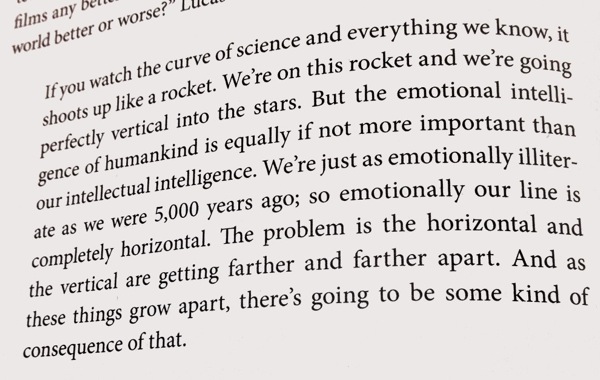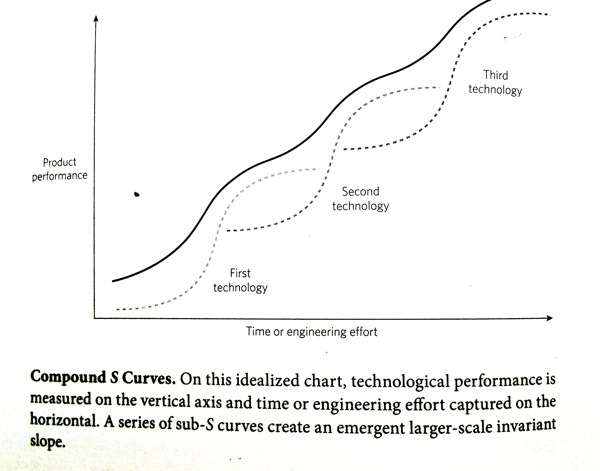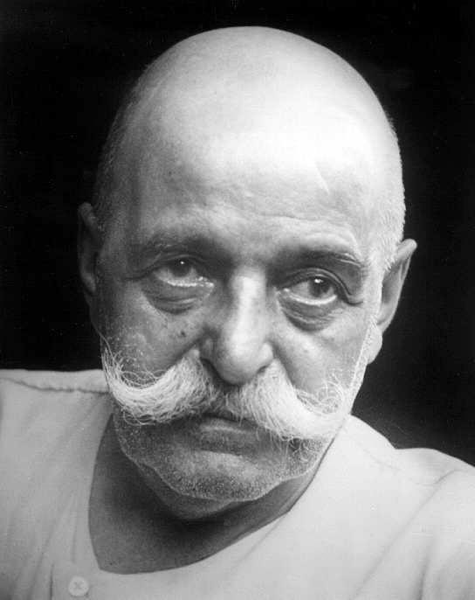I would love it – for one thing: Drawing. iPads have never really done that well. But maybe this one, with its Pencil, beats the Wacom tablets.
BUT
Its not a computer. It drives me crazy on the iPad to add items to a calendar – to edit anything, it is such a pain to try to get the curser to go to the right place! I can’t see it replacing a Mac where the input options include a trackpad and a mouse. Touch screens that flop around laptop-style are so wrong – as Steve Jobs said “ergonomically terrible”!
But a Mac is no good for drawing.
I had a Toshiba M200 that was ok, it converted quite well – back in 2002! (Images) It went from vertical to horizontal.
Steve Jobs would not have succumbed to the vertical iPad. There has to be a better solution. An OSX device that incorporates touch, something like the new Surface Book (Images) is one possibility. I can’t bear the thought of going back to Windows & Microsoft, Surface Book reviews mention the crashes, the lack of attention to detail in the hardware design. Will convergence that allows conversion in hardware and software functions come to Apple?
In the meantime – and for a long time I imagine – in the Apple world we are stuck with the need for two devices, a Macbook and an iPad Pro. Probably three devices, I’d still want my iPad Mini for curling up with, the iPad Pro seems too big for that.
I hate seeing the iPad Pro used like a laptop, copying the ergonomically terrible Microsoft devices. As a horizontal drawing tool they look great.
Best advice for Apple: Create a touch/non-touch convertable OSX beta for the iPad pro. Maybe they are working on this?











 Amazon
Amazon
 From:
From:
You must be logged in to post a comment.